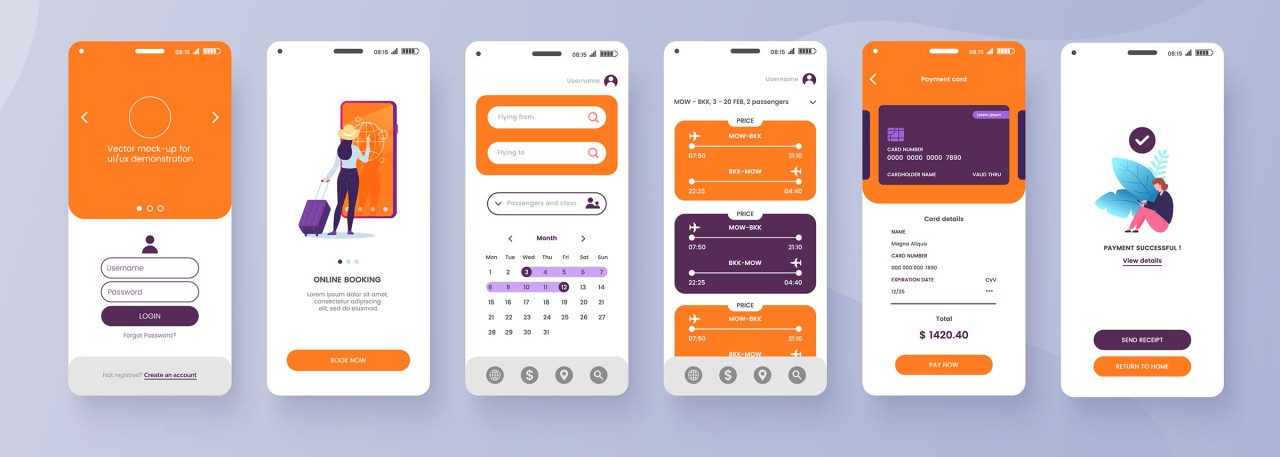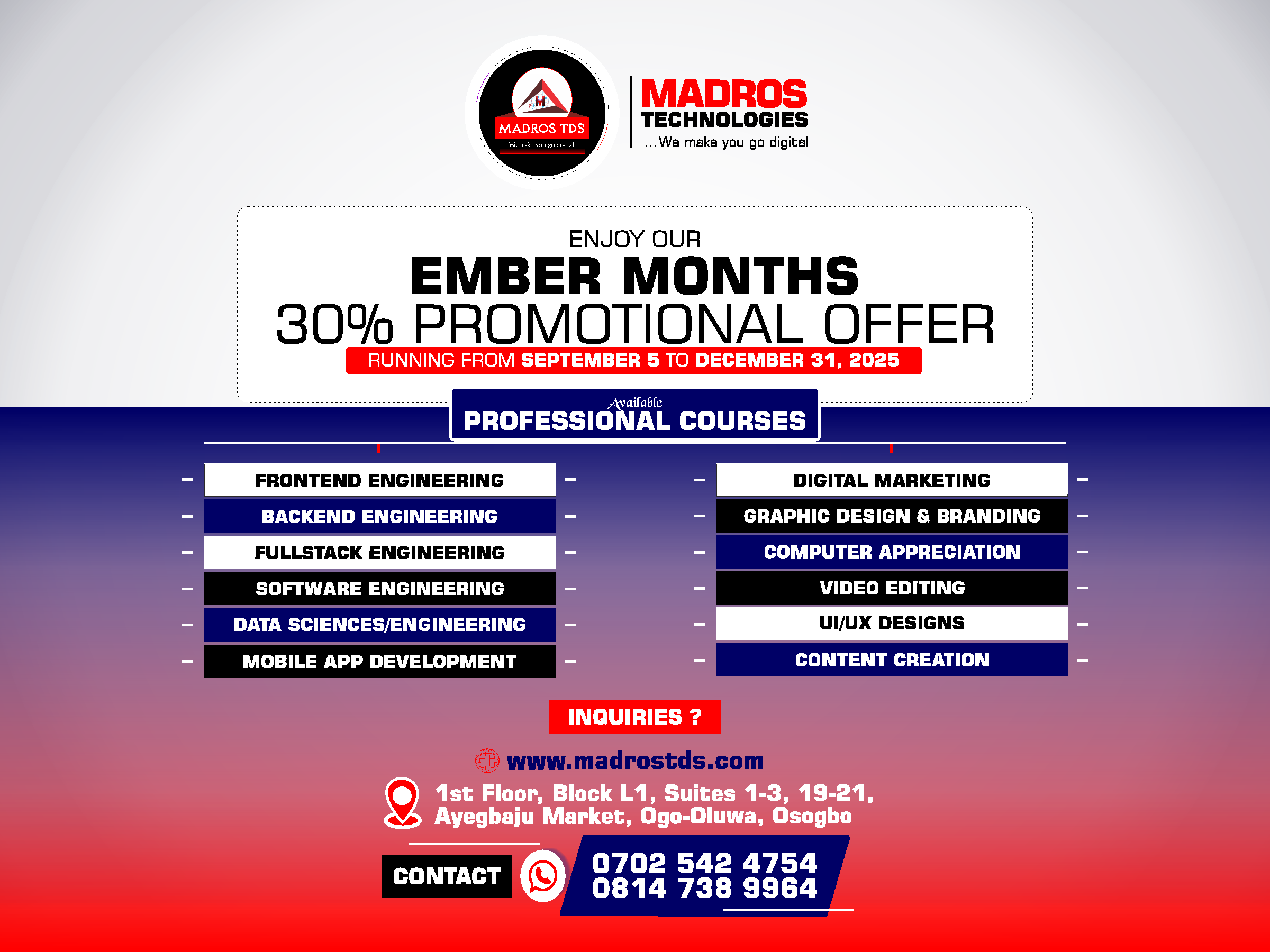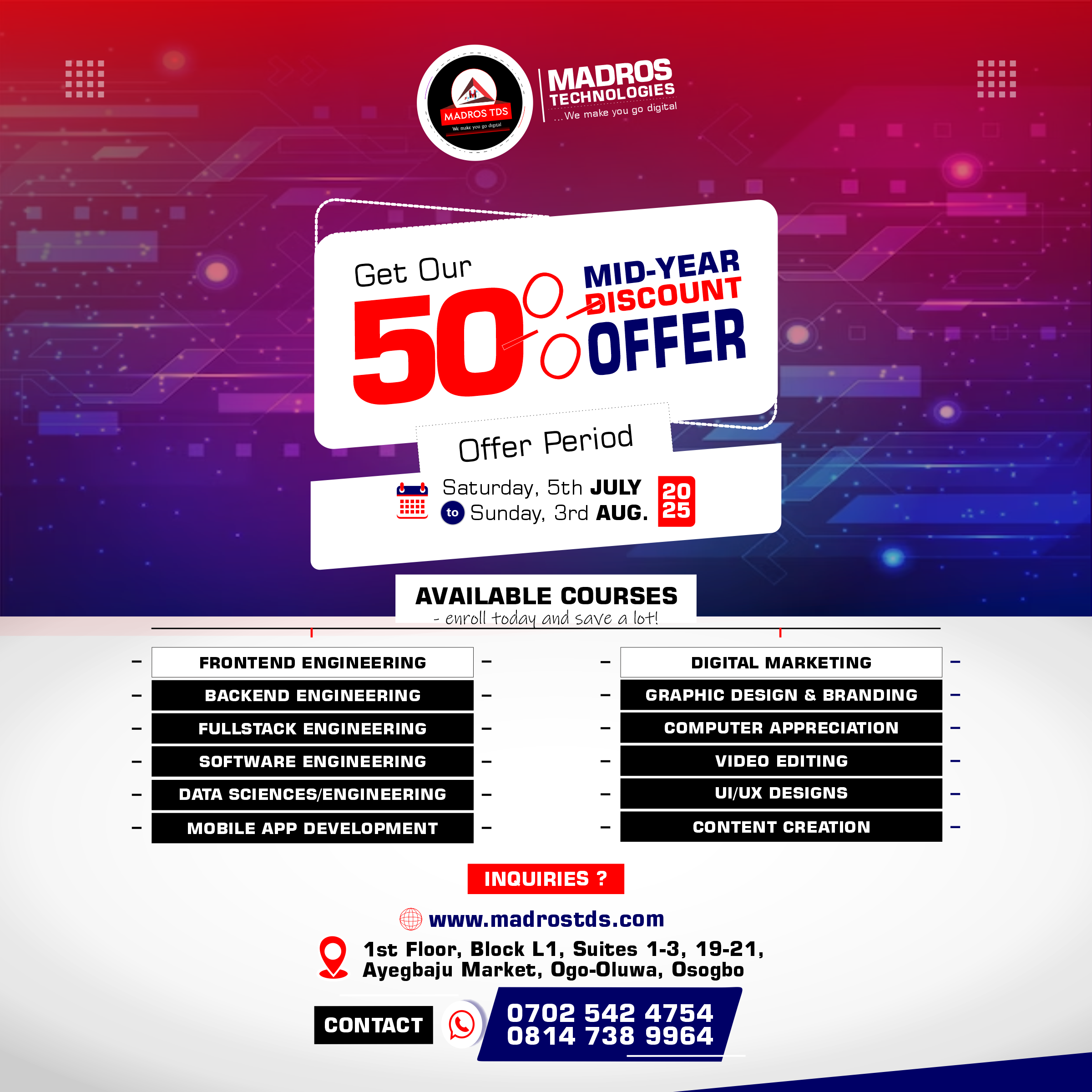How to Design User-Friendly Mobile App Interfaces

In today’s fast-paced digital world, mobile apps have become an integral part of our daily lives. Whether it’s booking a ride, ordering food, or managing finances, a well-designed mobile app can enhance user experience and drive engagement. However, creating user-friendly mobile app interfaces requires a solid understanding of UI/UX principles. In this guide, we’ll explore essential design principles every newbie should apply when creating mobile apps, ensuring your app not only looks good but also provides an intuitive user experience.
Understanding UI and UX
Before diving into the design principles, it’s crucial to understand the difference between UI (User Interface) and UX (User Experience).
- User Interface (UI) refers to the visual elements of the app, such as buttons, icons, and layout. It’s what users interact with directly.
- User Experience (UX) encompasses the overall experience a user has with the app, including usability, accessibility, and the emotional response it elicits.
A successful mobile app seamlessly integrates both UI and UX to create a delightful experience for users.
Basic UI/UX Principles for Mobile App Design
1. Prioritize Simplicity
One of the foundational principles of UI/UX design is simplicity. Users should be able to navigate your app intuitively without feeling overwhelmed.
Practical Example: Think about popular apps like Instagram or Twitter. Their interfaces are clean and straightforward, allowing users to focus on content rather than getting lost in complex menus. Aim for a minimalistic design that highlights essential features and reduces clutter.
2. Consistent Design Elements
Consistency is key in maintaining a cohesive user experience. Use the same colors, fonts, and design elements throughout your app to create familiarity and trust.
Practical Example: If you choose a specific shade of blue for buttons, use that same shade throughout the app. This consistency helps users predict how to interact with different elements, making navigation smoother.
3. Responsive Design
With various screen sizes and resolutions, it’s essential to design a responsive interface that adapts to different devices. A mobile app should look and function well on both smartphones and tablets.
Practical Example: Test your app on multiple devices to ensure that buttons are appropriately sized, text is legible, and images are displayed correctly. Responsive design not only enhances usability but also broadens your app’s reach.
4. Intuitive Navigation
Navigation should be straightforward and intuitive. Users should be able to find what they’re looking for without confusion.
Practical Example: Implement a bottom navigation bar for primary actions (like home, search, and profile) that’s easily accessible with a thumb. Use clear labels and icons to guide users through the app’s functionalities.
5. Feedback Mechanisms
Providing feedback to users is vital for enhancing their experience. When users take an action, such as pressing a button or submitting a form, they should receive immediate feedback.
Practical Example: If a user submits a form, display a confirmation message or a loading indicator to let them know their action was successful. This reassurance builds trust and keeps users engaged.
6. Accessibility Considerations
Designing for accessibility ensures that your app is usable by everyone, including those with disabilities. Consider color contrast, text size, and alternative text for images.
Practical Example: Use tools like the WebAIM Contrast Checker to ensure that your color choices meet accessibility standards. Providing text alternatives for images and using larger fonts can significantly enhance usability for all users.
7. User Testing and Iteration
Finally, never underestimate the power of user testing. Gather feedback from real users to identify pain points and areas for improvement. Iteration based on user feedback is crucial for refining your app.
Practical Example: Conduct usability tests where users perform specific tasks while you observe. Use their feedback to make necessary adjustments, ensuring that your app meets their needs and expectations.
Conclusion
Designing user-friendly mobile app interfaces is a rewarding challenge that requires attention to detail and a deep understanding of UI/UX principles. By prioritizing simplicity, consistency, responsive design, intuitive navigation, feedback mechanisms, accessibility, and user testing, you can create an app that not only meets user expectations but exceeds them.
At Madros Technologies, we believe in empowering aspiring designers and developers with the knowledge they need to succeed. If you’re ready to take your skills to the next level, consider earning a professional certification. Check our courses here and explore our comprehensive catalog of courses designed to help you master UI/UX design and more!
By applying these principles, you’ll be well on your way to creating mobile app interfaces that users love and engage with. Happy designing!
If you found this content useful, please do well to share:
Blog Search
Latest Posts

Unlocking Your Migration Dreams: From Osun Tech Space to Global Spaces
October 13, 2025Gain visa insights, tech skills, & funding for global success. Join Our Webinar with VESTI on October 18th and unlock your migration dreams for a global fut

Unlock Your Tech Future: Seize a 30% Discount on Professional Tech Courses at Madros Technologies!
September 6, 2025Ready for a career change? Madros Technologies offers 30% OFF expert-led tech training. Master in-demand skills like Software Engineering, Digital Marketing, Da

Quick Window Offer: Extended August Discount Offer – Your Tech Dreams, 40% Off!
August 12, 2025Transform your future with 40% off Madros Technologies courses! Gain job-ready skills in coding, design, and digital marketing fields. This is an extended disco

Your Tech Dream: Closer Than You Think (And Half Off!)
July 5, 2025Unlock your tech potential with Madros Technologies! Get 50% off cutting-edge courses & transform your future. Your dream career starts here.

Using Figma: Tutorial for Beginner Product Designers
June 7, 2025A beginner’s walkthrough of Figma for prototyping and design collaboration

Top 5 Video Editing Software for Beginners
June 7, 2025Discover the best tools for newbie editors to create stunning videos easily
